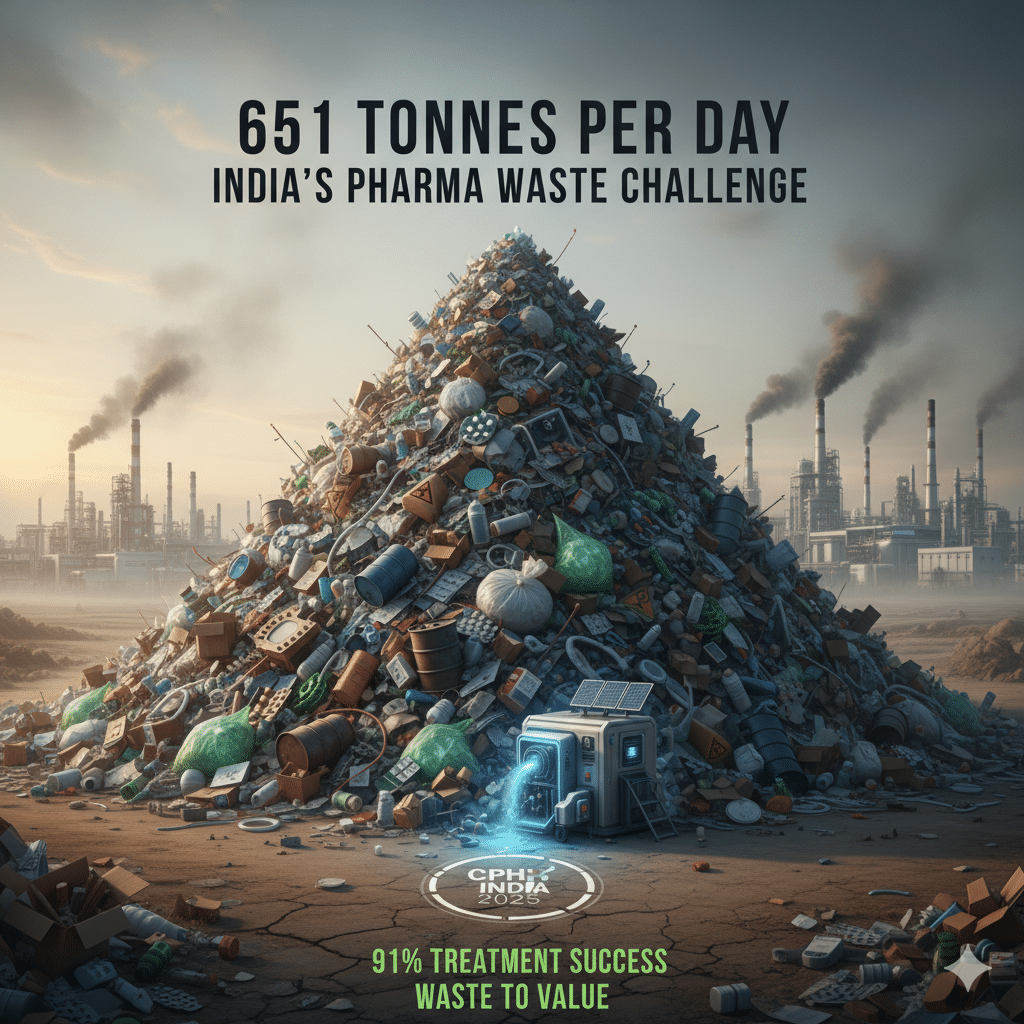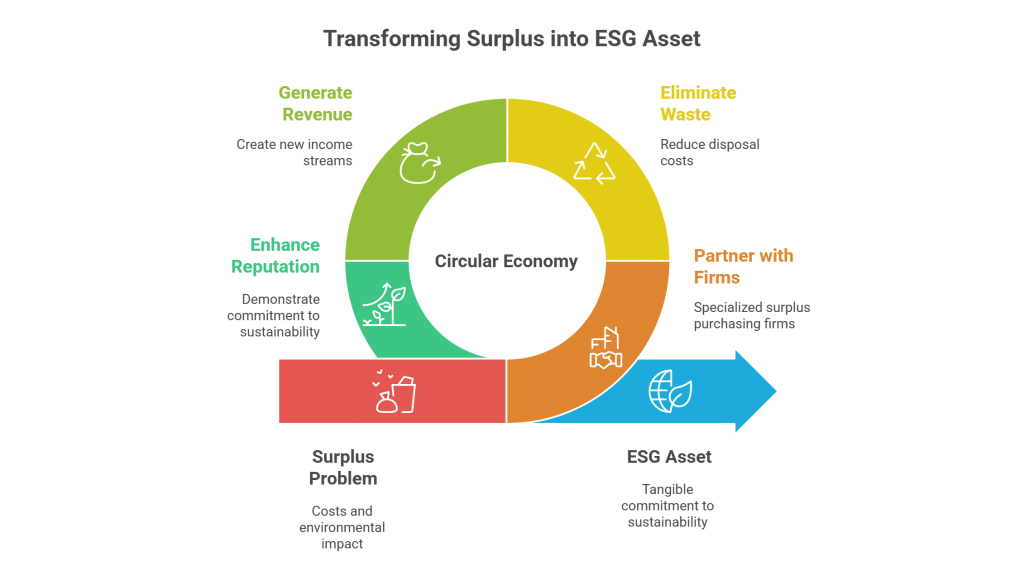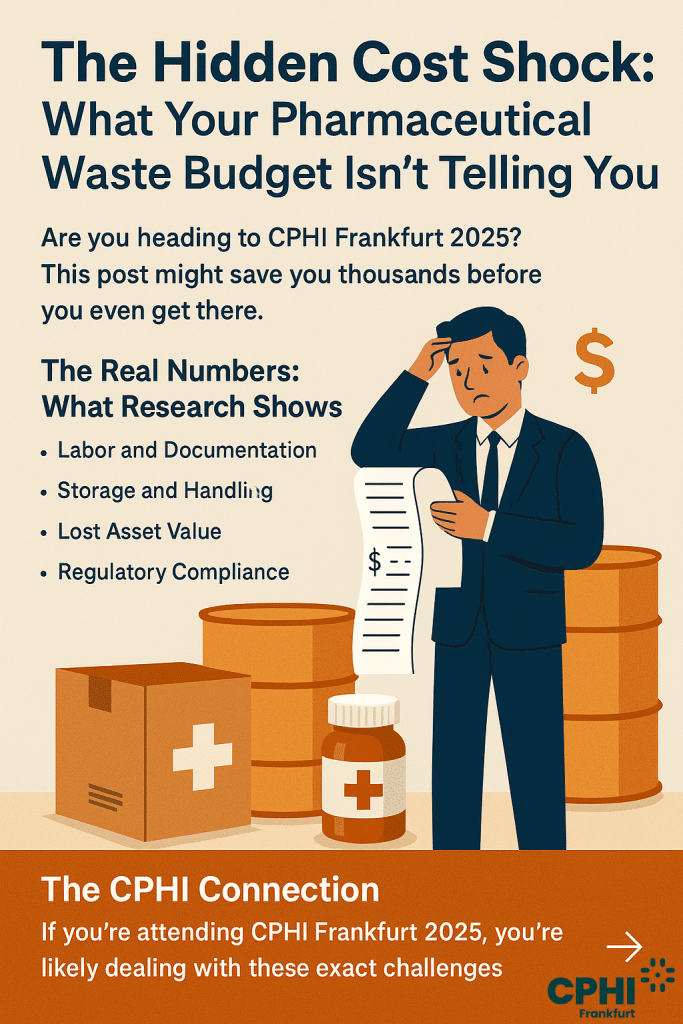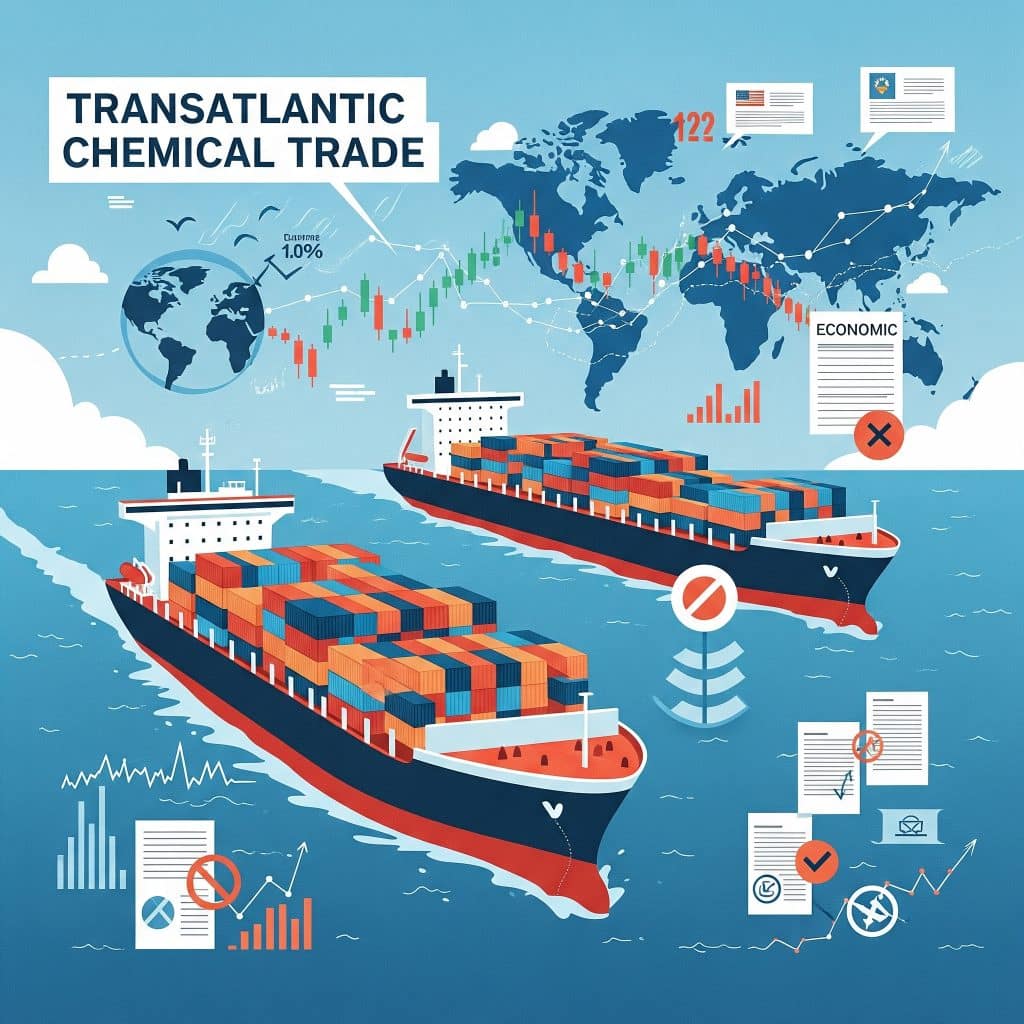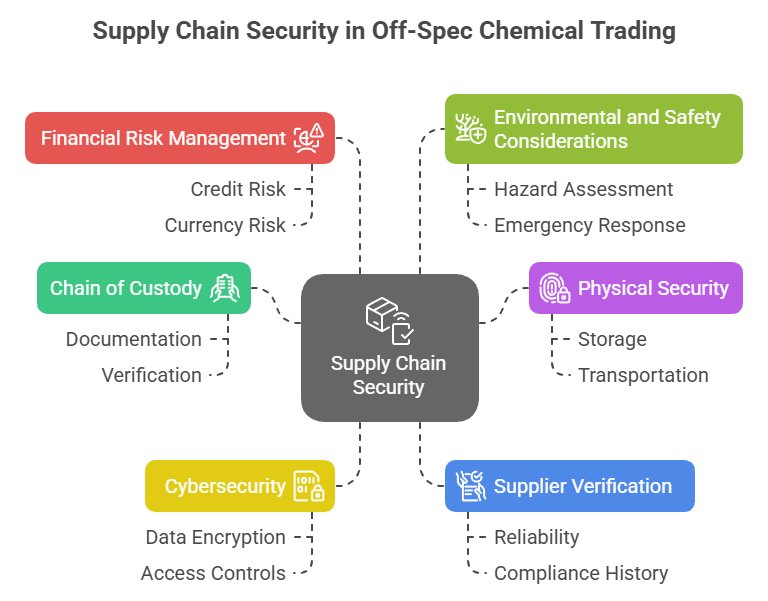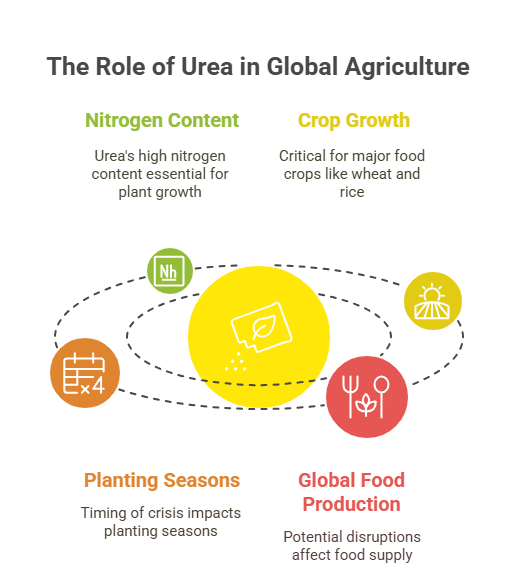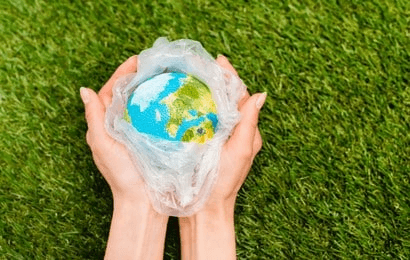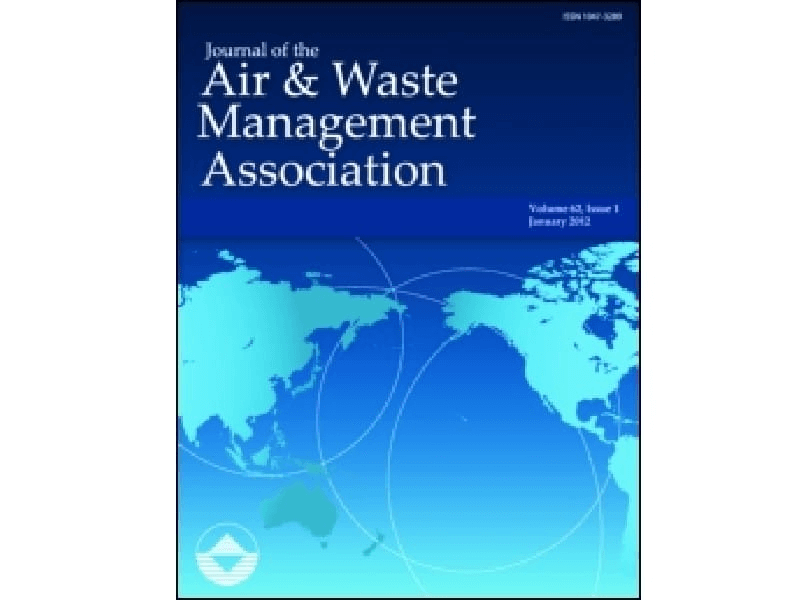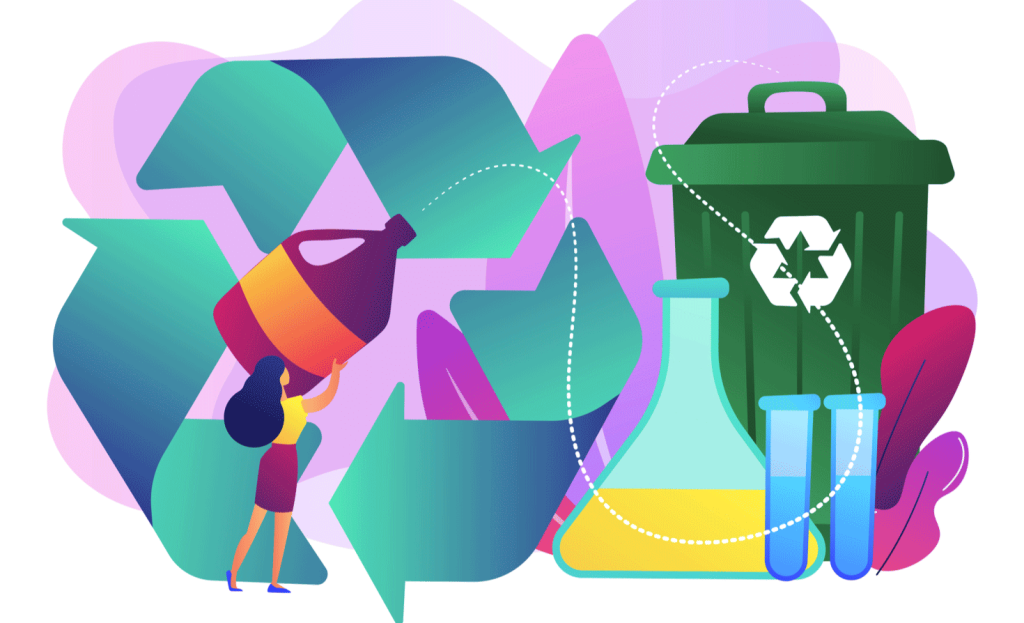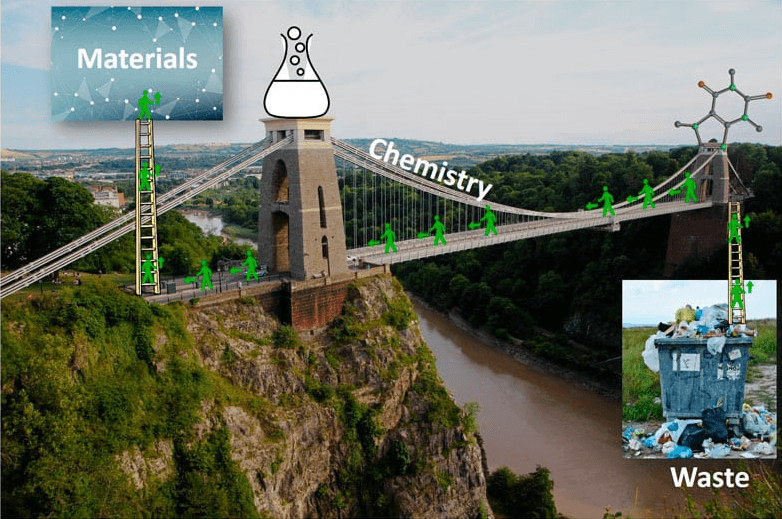Transform Excess Polydextrose into Strategic Advantage in Food & Pharma
Polydextrose Surplus Trading in Food & Pharma: Enhance Profitability & Sustainability
Polydextrose in Food & Pharma: Applications and Advantages
Table of Contents
Transforming Surplus Polydextrose into Profit: A Real-World Success Story
A leading food ingredient manufacturer recently faced a surplus of high-quality polydextrose due to a change in product formulation. Instead of incurring high storage costs and facing the challenges of hazardous waste disposal, the company decided to partner with a surplus chemical trading platform. This decision enabled them to sell their excess inventory at competitive market prices, instantly recovering capital and reducing warehouse congestion. The funds recovered were reinvested into new product lines and R&D initiatives, leading to innovative low-calorie food products that received excellent market reception. This case exemplifies how strategic surplus trading can drive both economic and environmental benefits in the food and pharma sectors.



